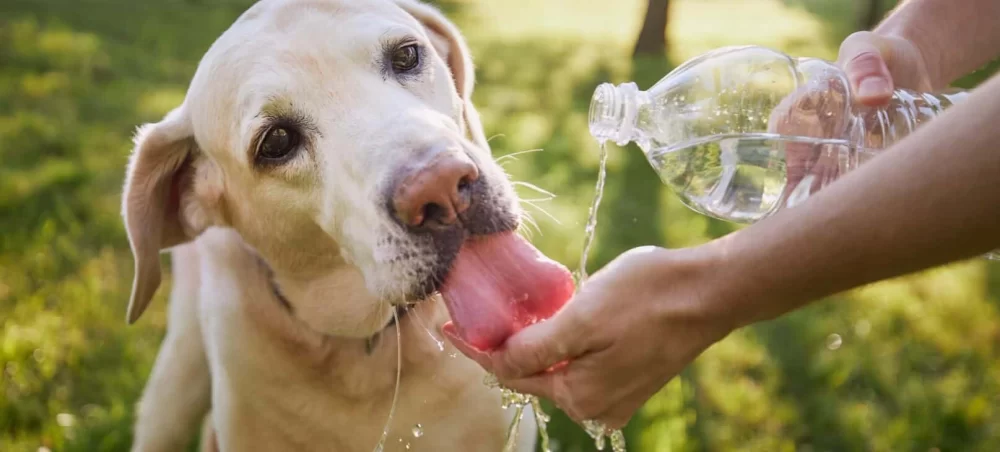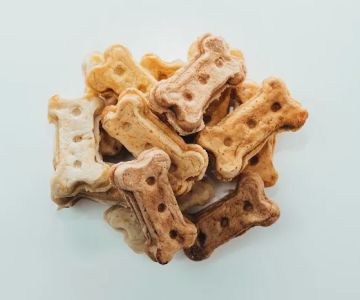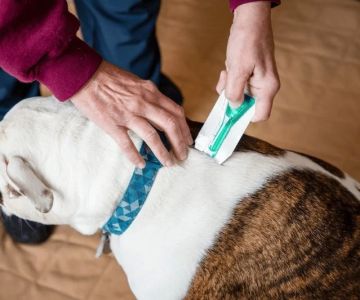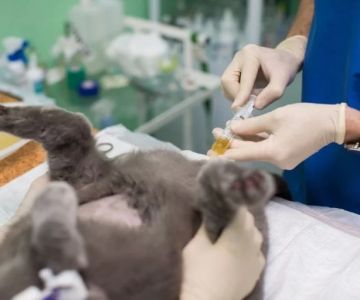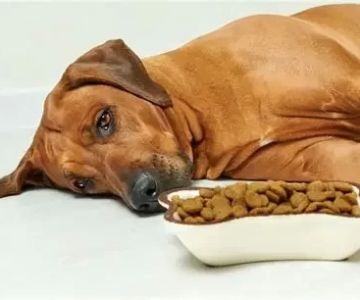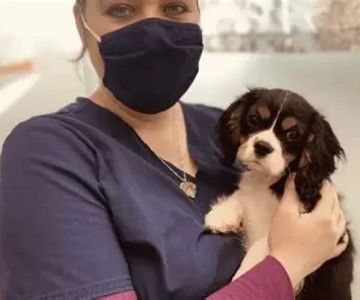Understanding Pet Dehydration: Causes, Symptoms, and Remedies
As a pet owner, few things are more alarming than seeing your furry friend feeling unwell. When my dog, Max, suddenly became lethargic and refused to drink water, I was devastated. After rushing him to the vet, I learned that dehydration was the culprit. It's a common but often overlooked health issue that can lead to serious consequences if not addressed properly. In this article, we’ll delve into the common causes of dehydration in pets, how to recognize the symptoms, and what you can do to ensure your pet gets the hydration they need.
What Causes Dehydration in Pets?
Dehydration in pets occurs when their bodies lose more water than they take in. It’s essential to understand that pets are at risk of dehydration under various circumstances. Whether your pet is a dog, cat, or another furry companion, here are the most common reasons dehydration may occur:
1. Hot Weather
Summer is a prime time for dehydration in pets. Pets, especially those with thick coats or those in smaller spaces, are prone to overheating. Max, my golden retriever, is more susceptible during the hot months. He loves to play outside, but in the heat, he needs constant access to fresh water. Without it, he becomes dehydrated quickly. Pets don't sweat the way we do; they regulate their body temperature through panting. If they can't cool off properly, dehydration can set in rapidly.
2. Illness or Medical Conditions
Pets with certain medical conditions such as kidney disease, diabetes, or gastrointestinal issues are at a heightened risk of dehydration. When a pet is vomiting or has diarrhea, they lose fluids quickly, putting them at risk for dehydration. A couple of weeks ago, I found my cat, Whiskers, not eating or drinking. After visiting the vet, it turned out she had a stomach bug, which led to severe dehydration. It’s critical to monitor your pet’s health and ensure they’re getting enough fluids, especially if they’re battling an illness.
3. Lack of Access to Fresh Water
Sometimes, pets become dehydrated simply because they don’t have access to fresh water. Pets that are left outside without shade or water during the day are particularly vulnerable. I remember one time when Max knocked over his water bowl and didn’t have enough to drink for several hours. By the time I realized, he was sluggish and dehydrated. Always check that your pet has access to clean water, especially during warmer weather.
4. Exercise and Physical Activity
Pets who engage in intense physical activity or are very active outdoors can lose fluids through panting, especially after a long walk, run, or play session. Just like us, they need to rehydrate after physical exertion. Keep an eye on your pet’s hydration levels and ensure they’re drinking water before, during, and after exercise.
How to Recognize Dehydration in Your Pet
Recognizing the symptoms of dehydration is crucial. If left untreated, dehydration can lead to severe health issues, including organ damage. Here are some tell-tale signs that your pet may be dehydrated:
1. Dry Nose and Gums
One of the first signs of dehydration is a dry or sticky nose and gums. If your pet's nose feels warm and dry to the touch or if their gums are dry, this could indicate that they're dehydrated. I noticed this with Whiskers once; her nose was dry and cracked, and I knew something wasn’t right.
2. Lethargy and Lack of Energy
If your pet seems unusually tired, lethargic, or unwilling to move around, dehydration may be the cause. My dog Max was once so sluggish during a particularly hot day, it worried me. I quickly gave him water, and he seemed to bounce back after rehydrating. Always keep an eye on your pet’s energy levels, especially if the weather is hot.
3. Decreased Skin Elasticity
A simple test can help you check for dehydration. Gently pinch the skin at the back of your pet's neck or between their shoulder blades. If the skin doesn’t immediately return to its normal position, it could be a sign of dehydration. This is known as the skin tenting test. I’ve used this method countless times, and it’s always a good indicator of whether my pets need more fluids.
4. Panting or Excessive Drooling
Excessive panting and drooling are signs that your pet is overheated or dehydrated. If they are panting more than usual or drooling excessively, it’s time to get them hydrated. I once took Max on a hike, and halfway through, I noticed he was panting heavily. I stopped for a water break, and he felt much better afterward.
How to Treat and Prevent Dehydration in Pets
If you suspect your pet is dehydrated, acting quickly can make a big difference. Here are some of the most effective ways to treat and prevent dehydration:
1. Offer Fresh Water Regularly
The most basic yet important step is ensuring your pet has access to fresh water at all times. If your pet isn’t drinking enough, you can try offering ice cubes or using a pet water fountain to encourage them to drink more. I've used a pet water fountain for Max, and he loves it! It seems to make drinking more fun for him, which helps prevent dehydration.
2. Use Oral Rehydration Solutions
In cases of mild dehydration, you can try an oral rehydration solution that helps replenish lost electrolytes. These solutions can often be found at pet stores or prescribed by a vet. My vet recommended an electrolyte solution for Whiskers when she was recovering from a stomach bug, and it worked wonders in helping her rehydrate.
3. Limit Physical Activity During Hot Weather
During the summer months, avoid excessive exercise in hot weather. Always take breaks and ensure your pet has access to water during walks or outdoor play. Max, for example, has a limit for how long he can play in the sun, and I always make sure to stop for water breaks during walks in the heat.
4. Seek Veterinary Care for Severe Cases
If your pet shows signs of severe dehydration, such as vomiting, diarrhea, or loss of consciousness, it's essential to seek immediate veterinary care. In such cases, your vet may administer fluids intravenously or subcutaneously to rehydrate your pet quickly. I once had to rush Max to the vet for IV fluids after a particularly severe dehydration episode, and it saved his life. If you ever feel unsure, don’t hesitate to call your vet.
As a pet parent, your role in preventing and managing dehydration is crucial. By staying alert to the symptoms, offering proper hydration, and taking precautions during hot weather or physical activity, you can keep your pet healthy and happy. Remember, if in doubt, always consult a vet for the best course of action. Let’s ensure our pets stay hydrated and thrive!

